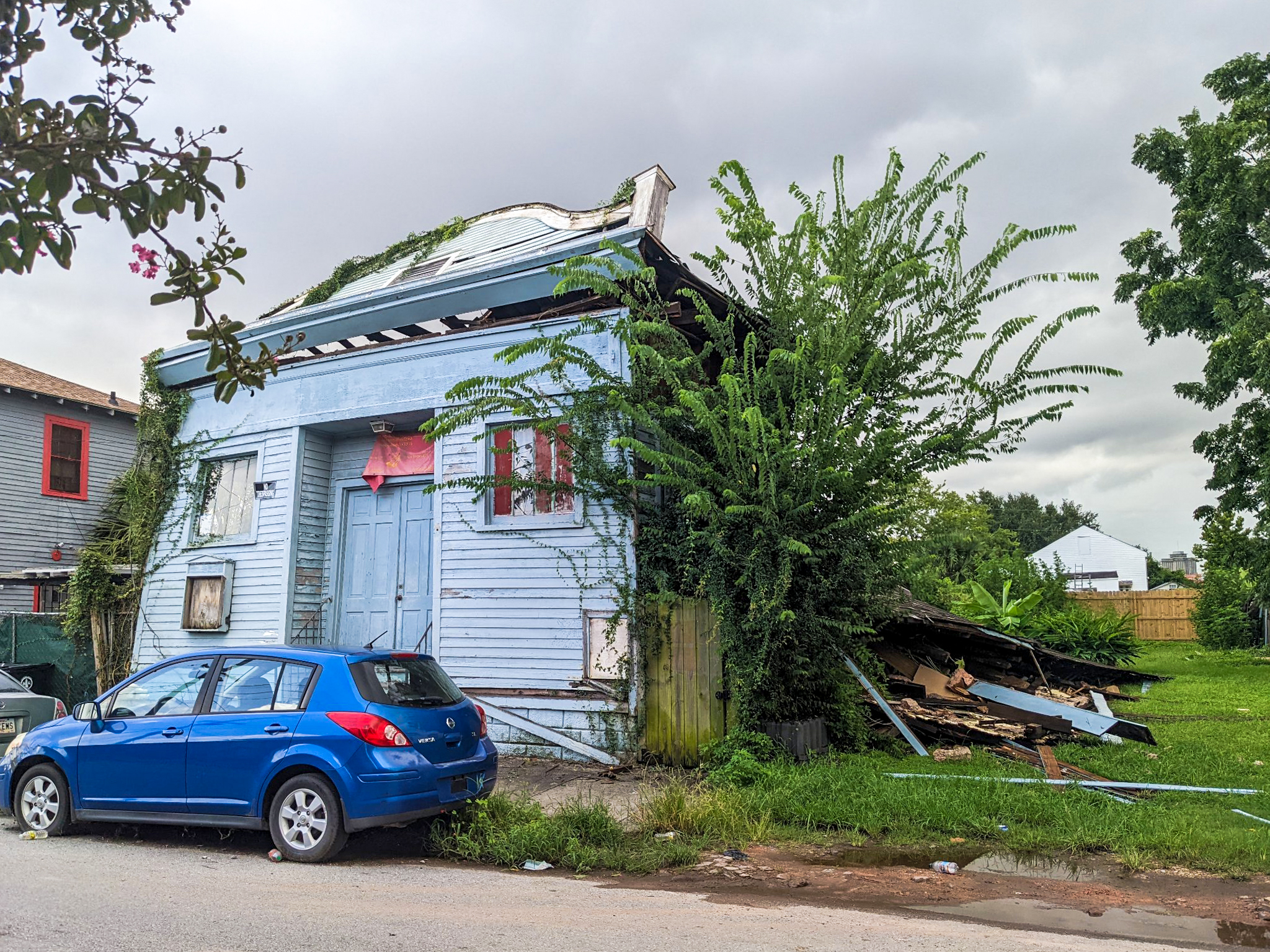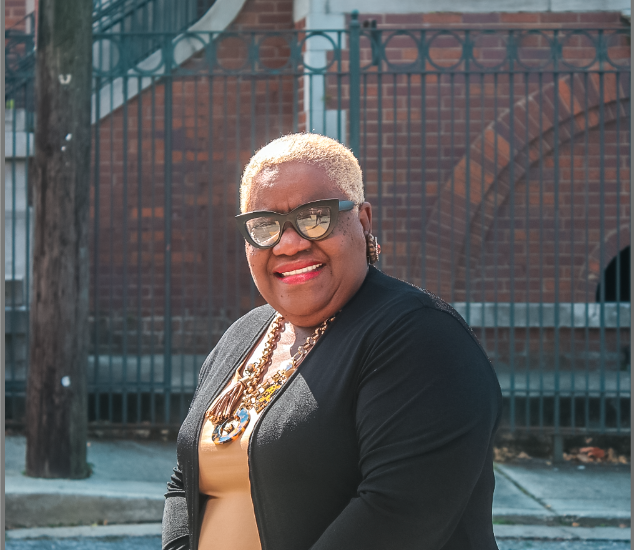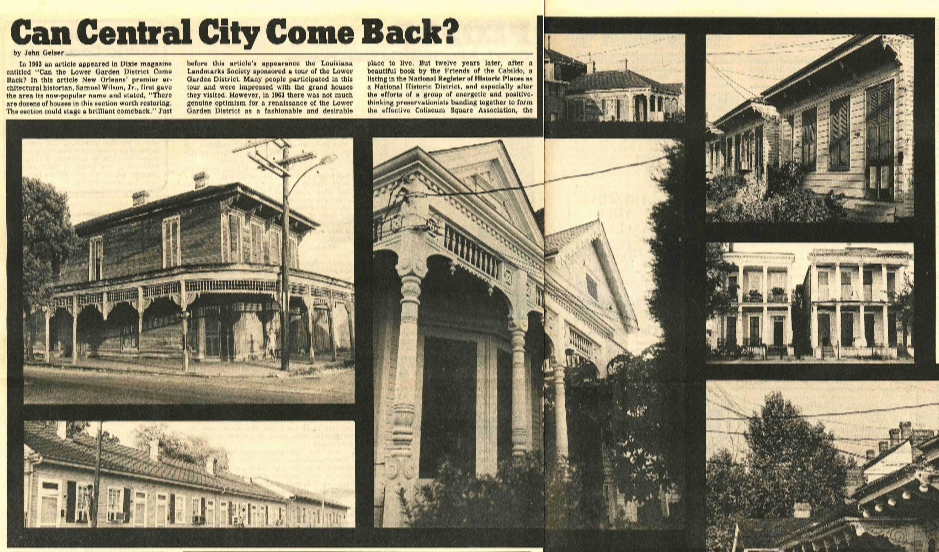We’ve all seen them â historic buildings that have fallen on hard times. Our minds start racing about how we would rehab them and what new purposes they could serve. For years, the Preservation Resource Center of New Orleans has stabilized and sold houses like these, and in doing so, transformed neighborhoods in New Orleans with its revolving fund program.
âThis type of second chance for endangered historic buildings is now possible throughout the rest of the state with the formation of the Louisiana Trust for Historic Preservationâs new revolving fund program. Founded in 1979 as the Louisiana Preservation Alliance, the organization promotes the preservation of the historical resources and heritage of Louisiana. Since 1999, it has increased awareness and been an advocate for saving places through efforts like an annual list of âLouisianaâs Most Endangered Historic Sites,â an annual preservation conference and âRamblesâ through various communities. Louisiana Trustâs 18-member board of directors represents all corners of the state.
âNow it will join an impressive group of around 60 historic preservation revolving funds that operate across the country. Revolving funds market buildings for sale to owners who will rehabilitate them; when they sell, the proceeds from the sale are ârevolvedâ back into the program and used to stabilize and market the next endangered building. The first such program was created by the Historic Charleston Foundation in 1958 and has helped strengthen that cityâs preservation tourist industry. Most revolving funds focus their attention and resources on properties that are vacant, endangered and would not be around much longer without immediate assistance. By finding creative ways to see these buildings rehabilitated, neighborhood appearance and the local tax base are improved while maintaining the areaâs historic character and identity.
âBuildings donât necessarily require major work in order to be considered for revolving fund programs. Non-profit organizations like the Louisiana Trust and the Preservation Resource Center can accept the donation of properties of all types, and the donations may be tax-deductible.
âOrganizations may also negotiate an âoptionâ on a property, giving them the exclusive right to market it. With options, the owner and non-profit group agree on a price and amount of time allowed for the âoptionâ to occur. The organization then markets the building, and when a buyer is located, they notify the owner that they are ready to purchase the building. The property is then sold to the new buyer, with protective covenants attached. These will outline the project timeline, important building features to protect and the process for reviewing future modifications to the building.
âPreservation groups may also work with owners who are keeping their property, but want to ensure that its historic character is protected into the future. This can be achieved by placing conservation easements on the property. These can provide peace of mind where historic buildings have been in a family for generations, or where the current owners have put countless hours and resources towards giving a new life to a historic building.
âThe Louisiana Trust recently hired Brian M. Davis to establish its new revolving fund program. A native of West Monroe, Davis brings a background in architecture, construction management and revolving fund management. He served as director of Preservation Services at the Galveston Historical Foundation for over seven years, gaining practical experience of saving buildings following Hurricane Ike in 2008. One such project was the Green Revival House, where a hurricane-ravaged cottage slated for demolition was moved and completely renovated using LEED and Secretary of the Interior historic standards. This was the first historic residential rehabilitation in the country to achieve a LEED for Homes Platinum rating. Davis has returned to Louisiana from Salisbury, North Carolina, where he served as executive director of Historic Salisbury Foundation for three-and-a-half years.
âThere are ways you can get involved with revolving fund programs and be a part of this transformation. If you know of vacant or endangered historic buildings that may be good candidates for a program, contact the Louisiana Trust or the Preservation Resource Center. Let us know if you would be interested in volunteering to help on an upcoming project or volunteer workday. And stay up to date on upcoming events and news by becoming a member and following us on social media.
âWhether a donation, an option or an outright purchase is the best route to take, the goal with the revolving fund is the same â to find a buyer who can see the vision and transform a building from blighted to being the new role model for others to follow. New inhabitants bring a vested interest in the success and well-being of the community and fill previously vacant spaces.
-Brian M. Davis
Learn more about the Louisiana Trustâs new program at LTHP.org or contact Brian Davis at lthp.revolvingfund@gmail.com.
Click here to view a gallery of the Green Revival House’s restoration on Flickr.





